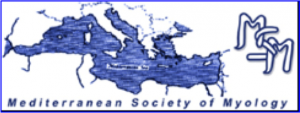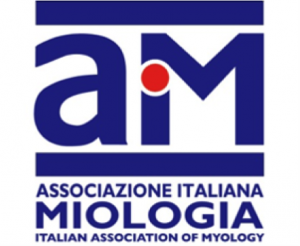Familial cardiomyopathy caused by a novel heterozygous mutation in the gene LMNA (c.1434dupG): a cardiac MRI-augmented segregation study
Mashael Alfarih 1 2 3, Petros Syrris 2, Eloisa Arbustini 4, João B. Augusto 1 2, Alun Hughes 2 5, Guy Lloyd 1 2, Luis R. Lopes 1 2, James C. Moon 1 2, Saidi Mohiddin 1 and Gabriella Captur 1 2 5 6
1 Barts Heart Center, The Cardiovascular Magnetic Resonance Imaging Unit, St Bartholomew’s Hospital, West Smithfield, London, UK; 2 Institute of Cardiovascular Science, University College London, Gower Street, London, UK; 3 Department of Cardiac Technology, College of Applied Medial Sciences, Imam Abdulrahman Bin Faisal University, Dammam, Saudi Arabia; 4 Center for Inherited Cardiovascular Diseases, Foundation IRCCS Policlinico San Matteo, University of Pavia, Italy; 5 UCL MRC Unit for Lifelong Health and Ageing, 33 Bedford Place, London, UK; 6 Cardiology Department, Royal Free Hospital NHS Trust, Pond St, Hampstead, London, UK
In a five-generation family carrying a novel frameshift LMNA variant (c.1434dupG, p.Leu479AlafsX72), imaging-augmented segregation analysis supports its association with lamin heart disease. Affected members exhibit conduction abnormalities, supraventricular and ventricular arrythmias, dilated cardiomyopathy with non-infarct pattern midwall septal fibrosis, heart failure and thromboembolic complications.






